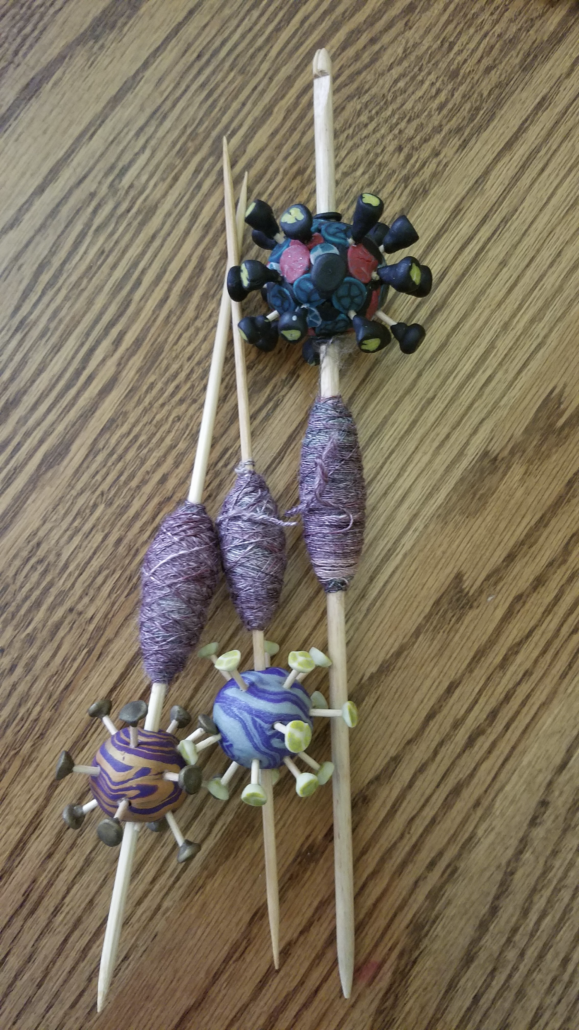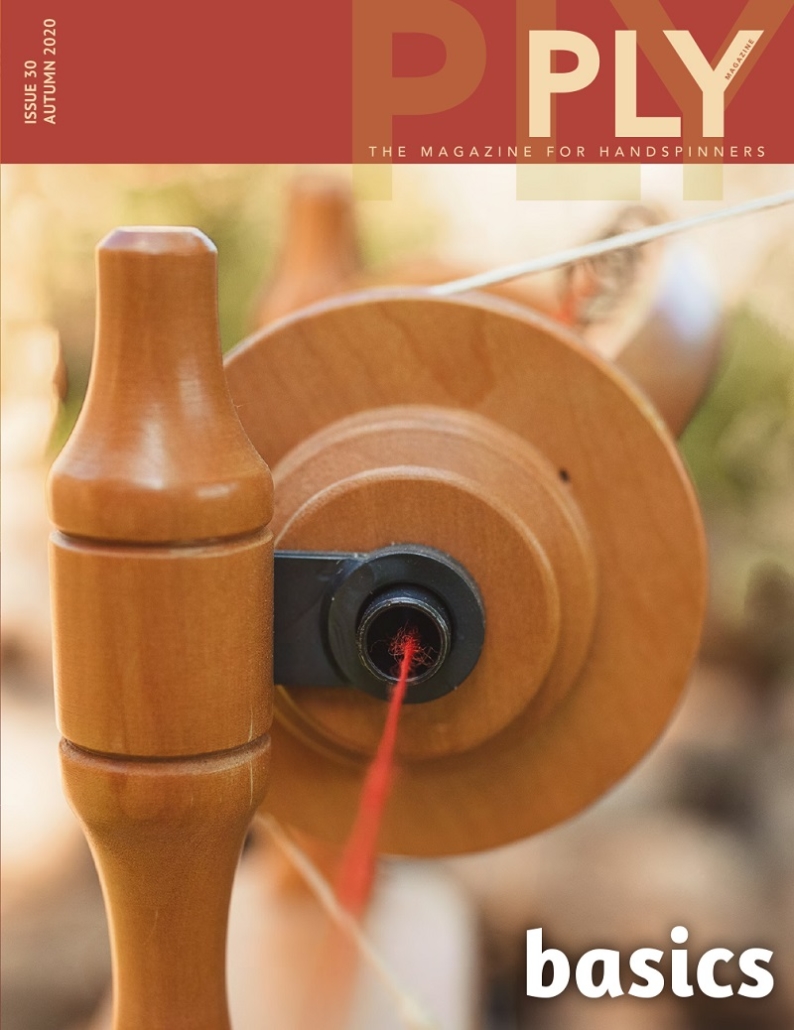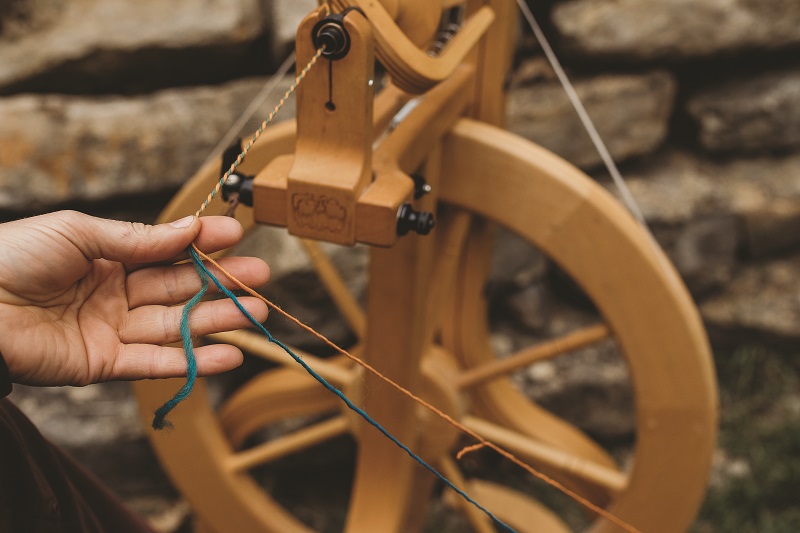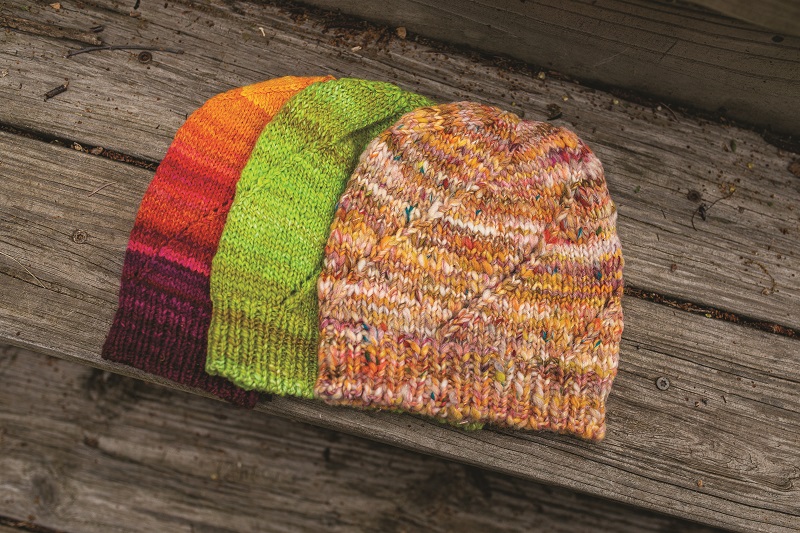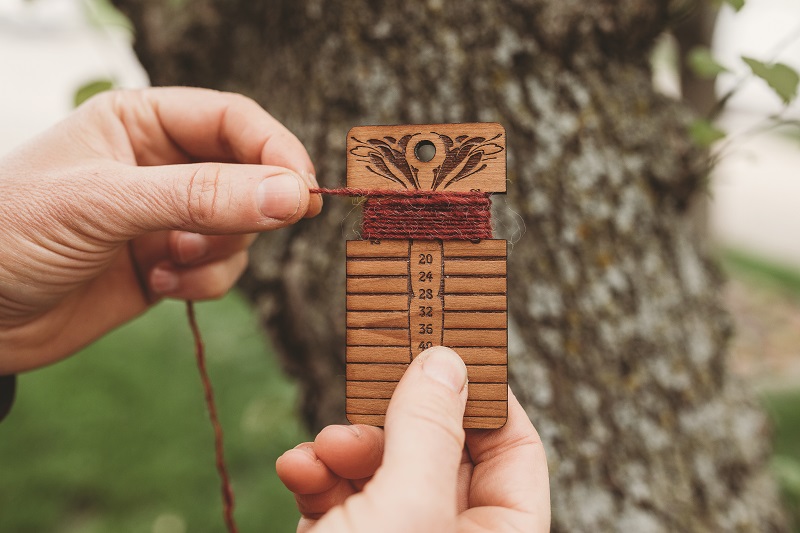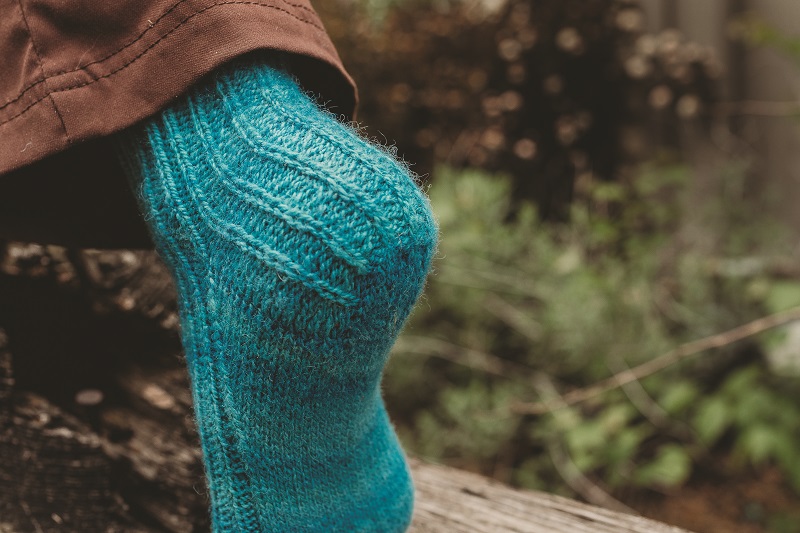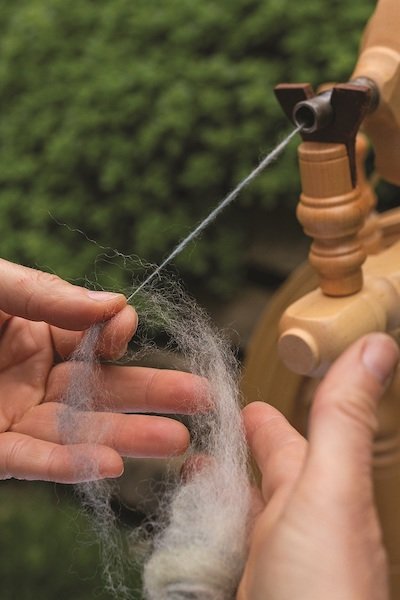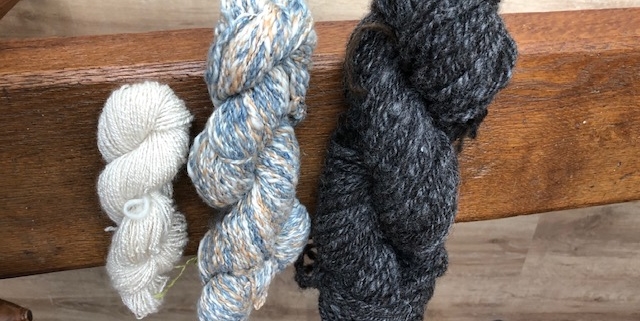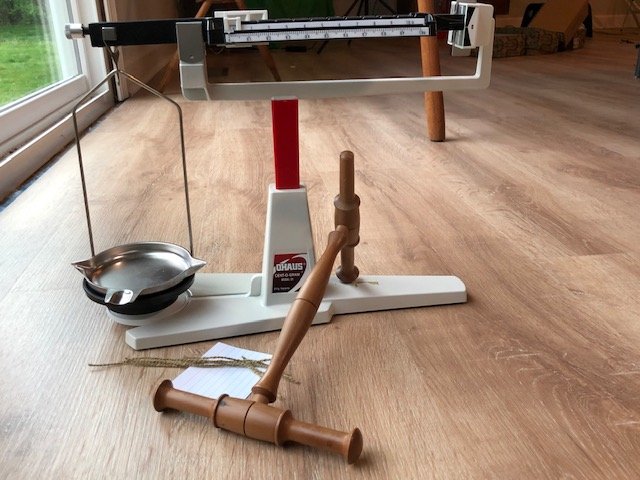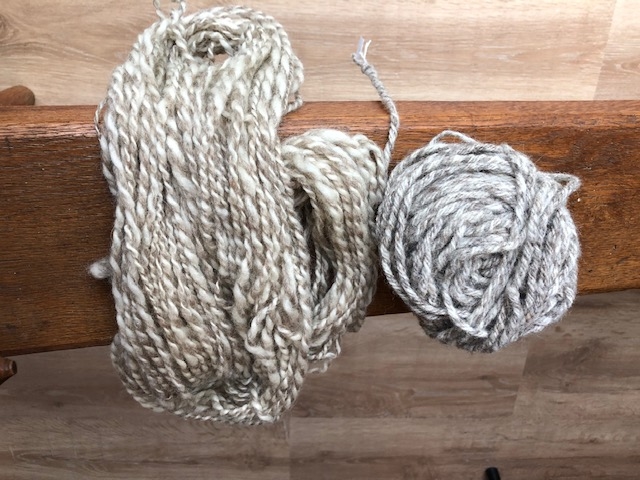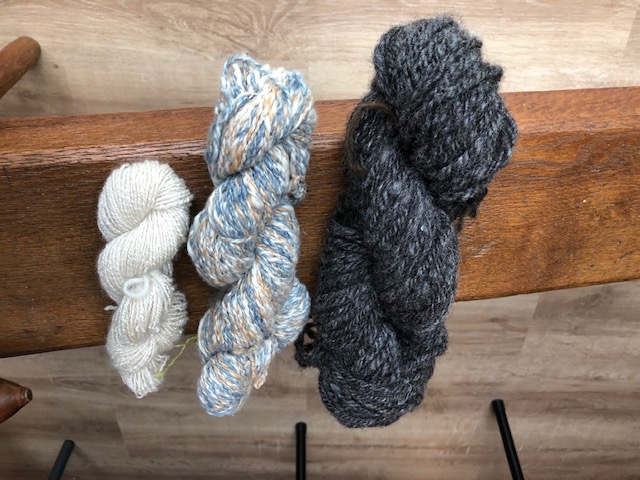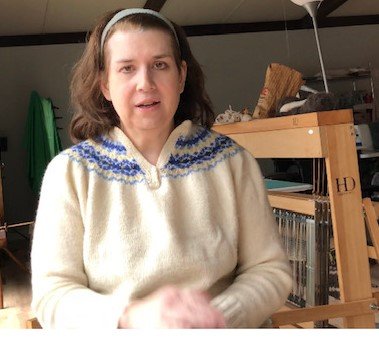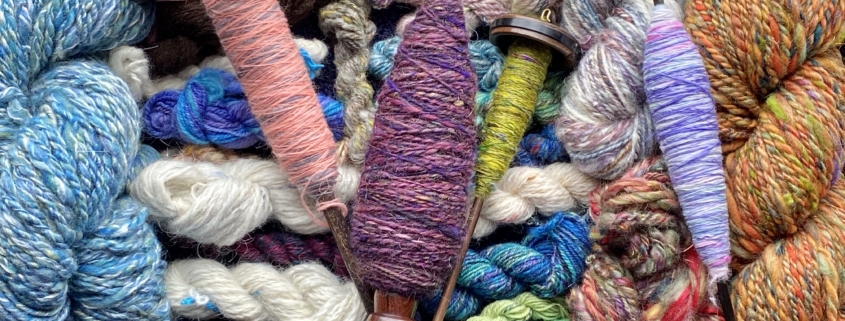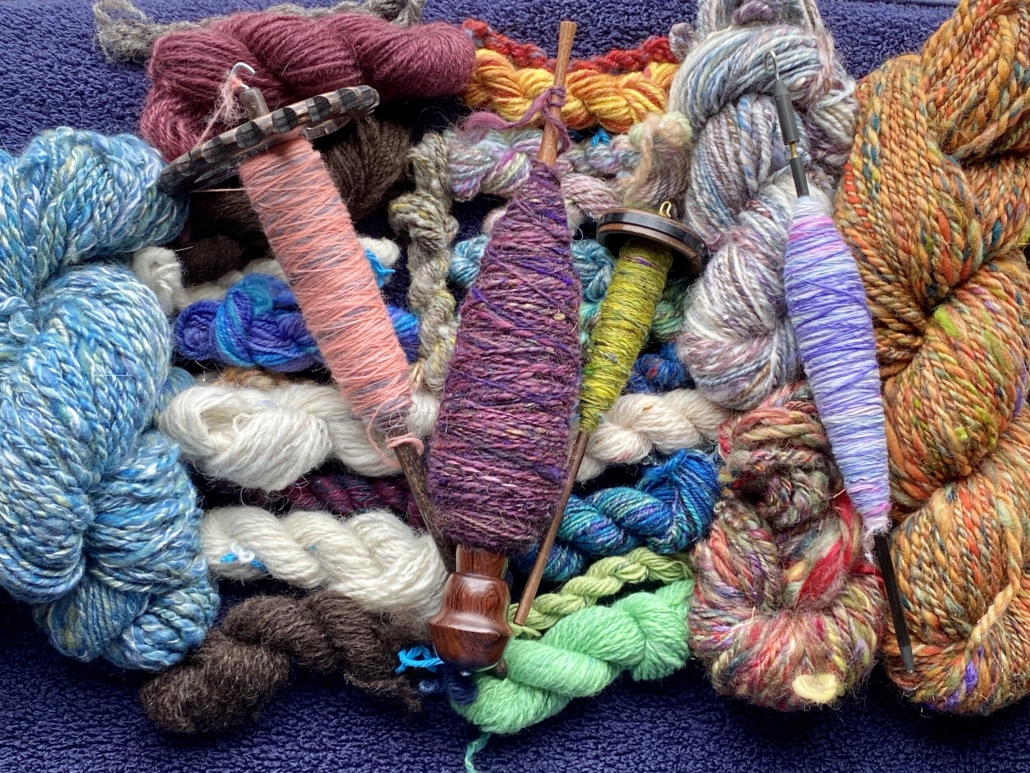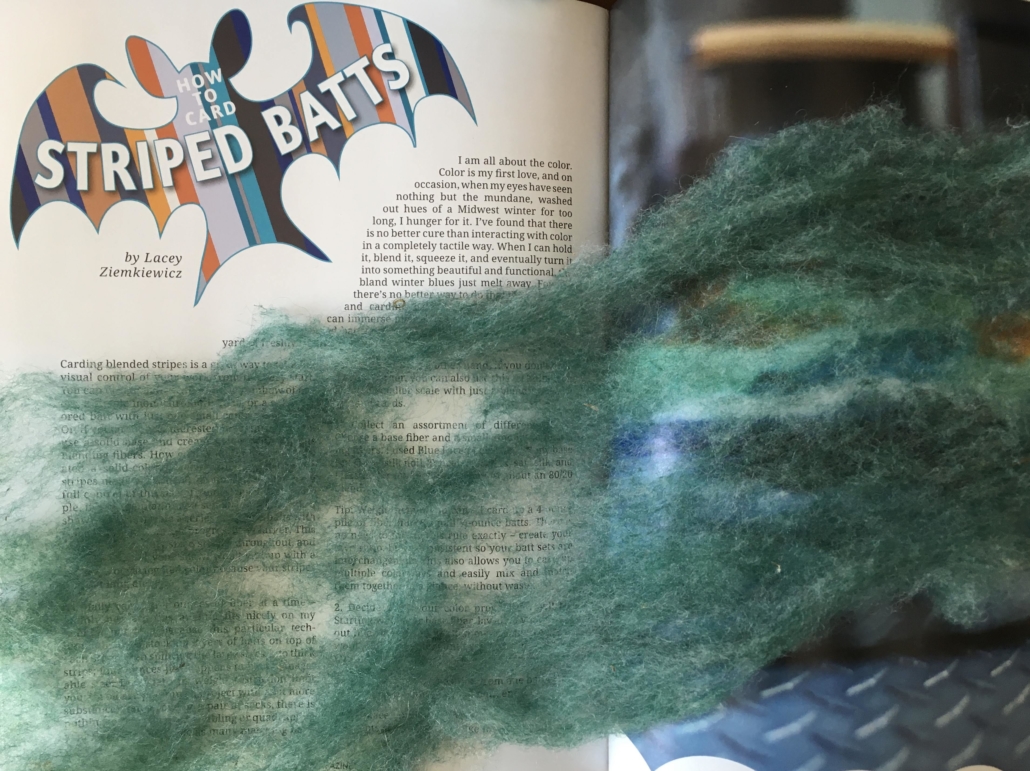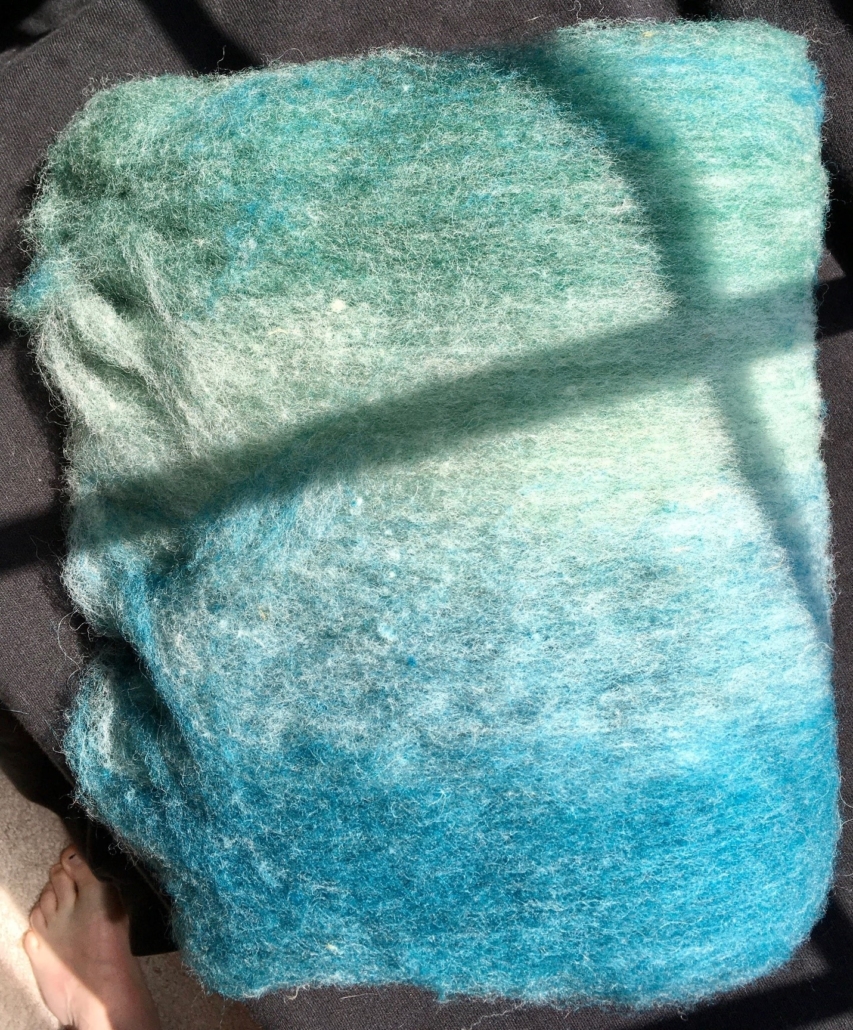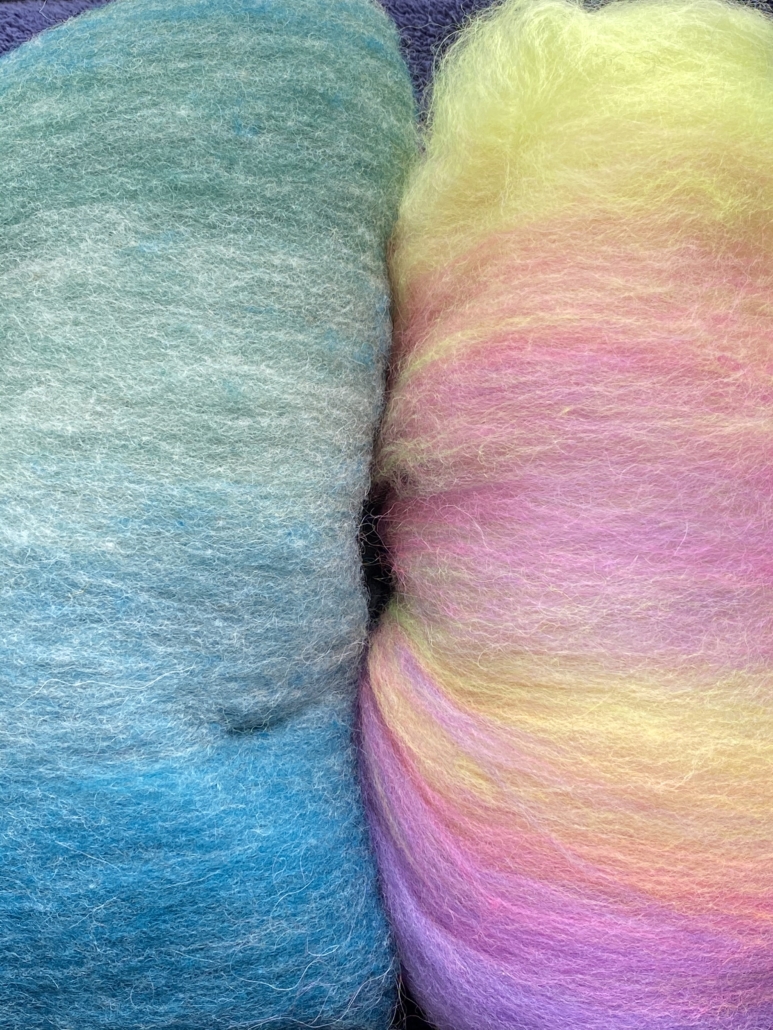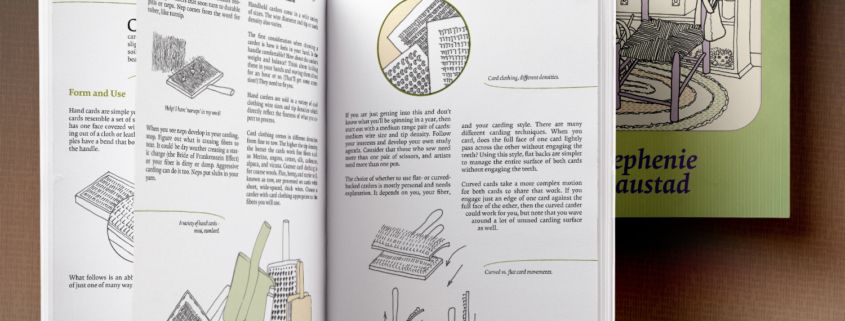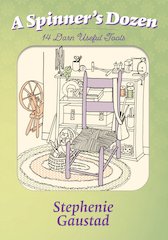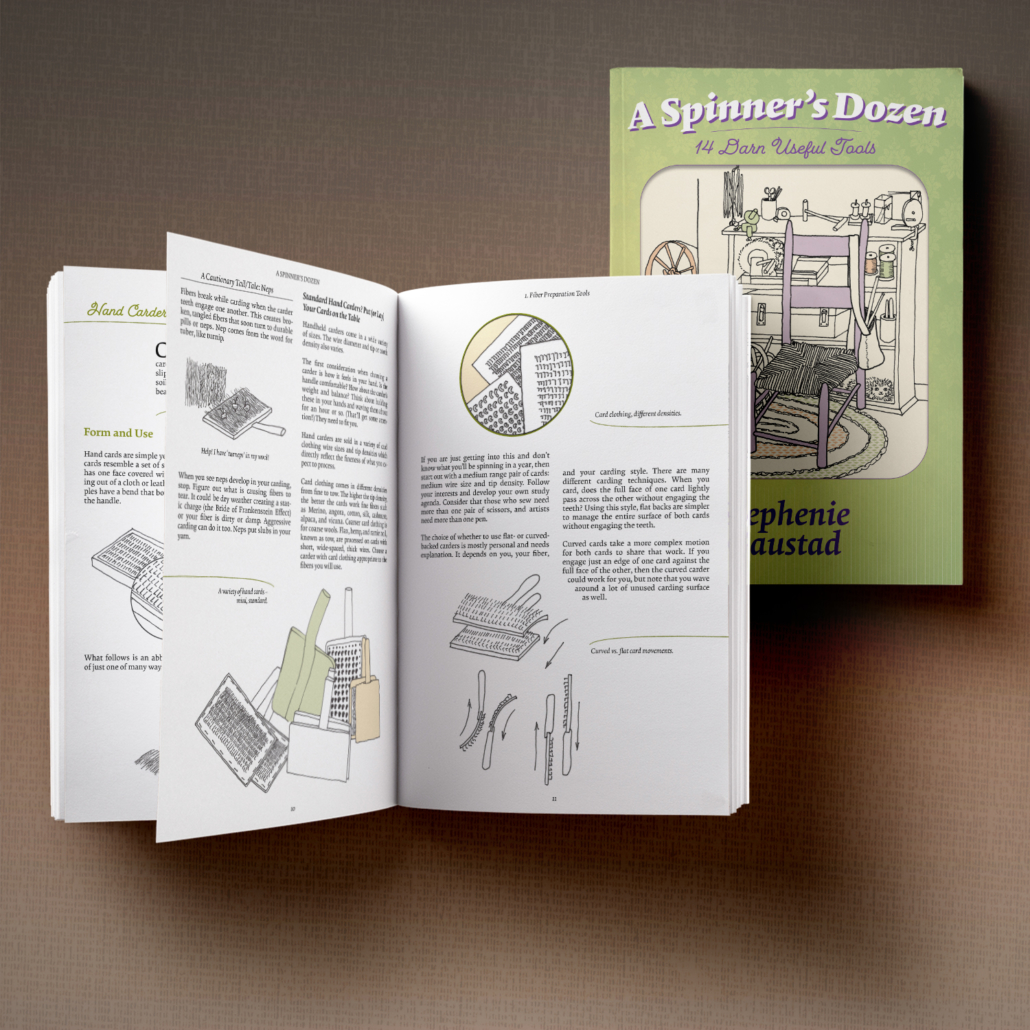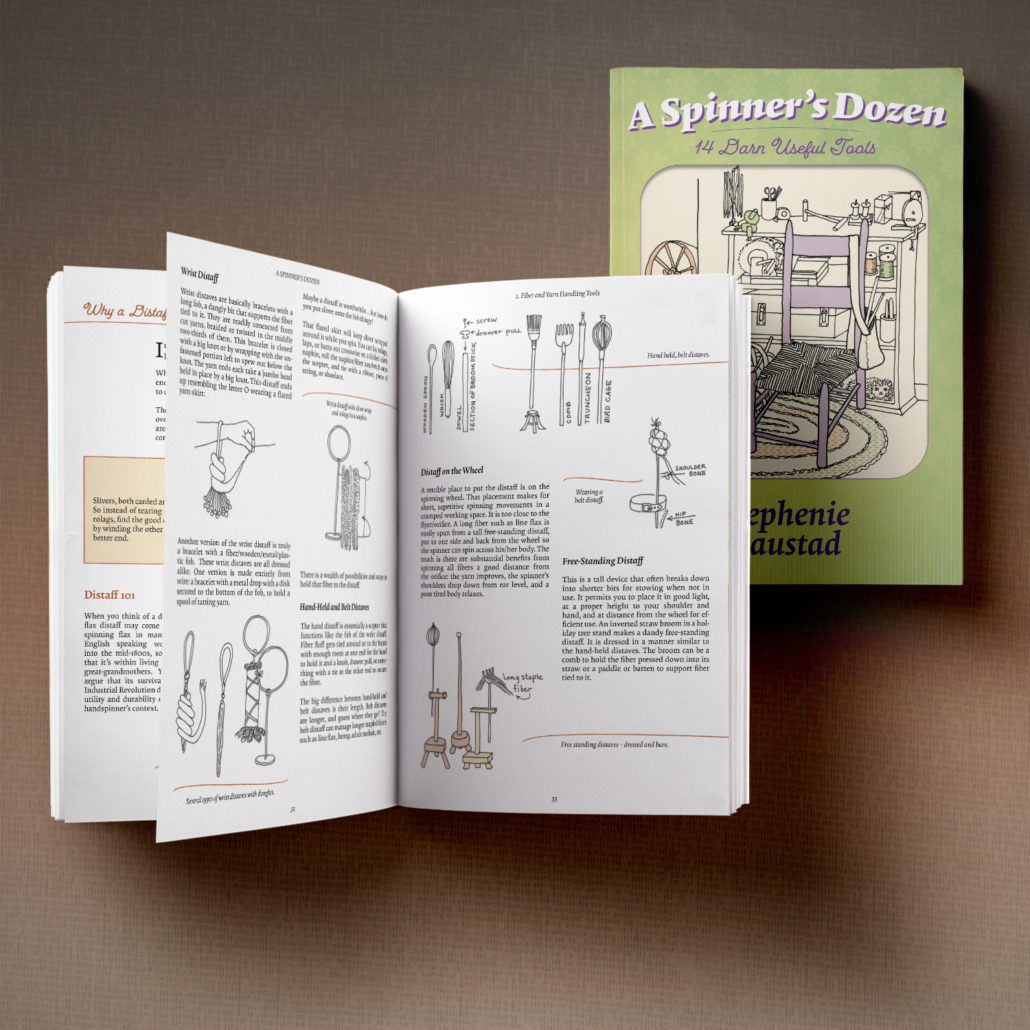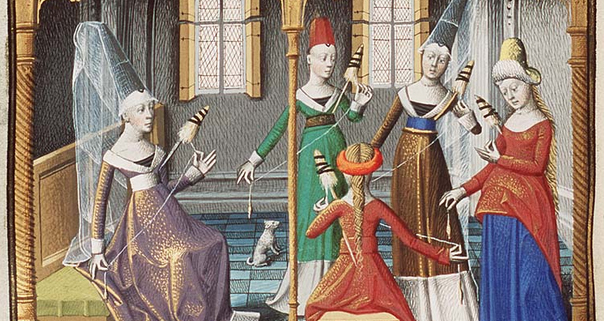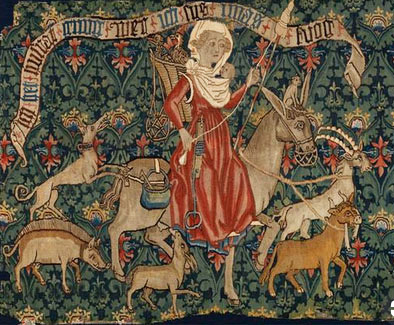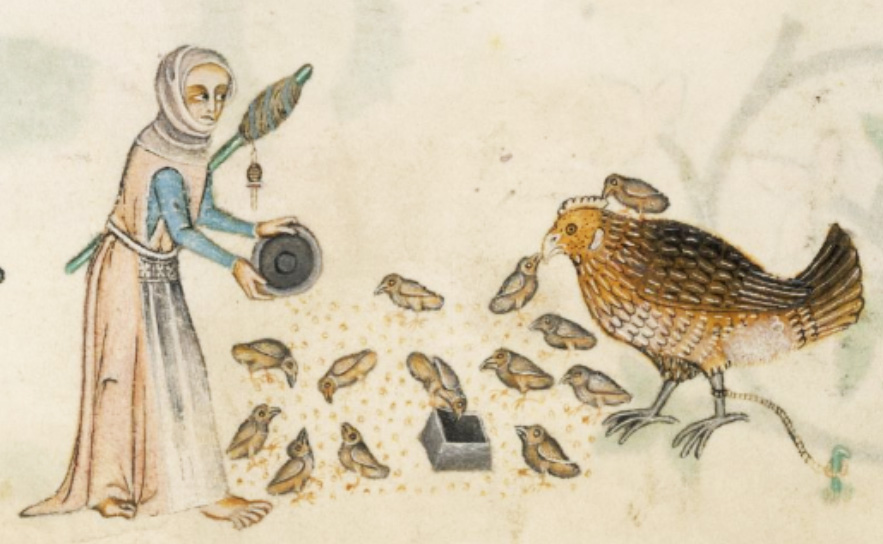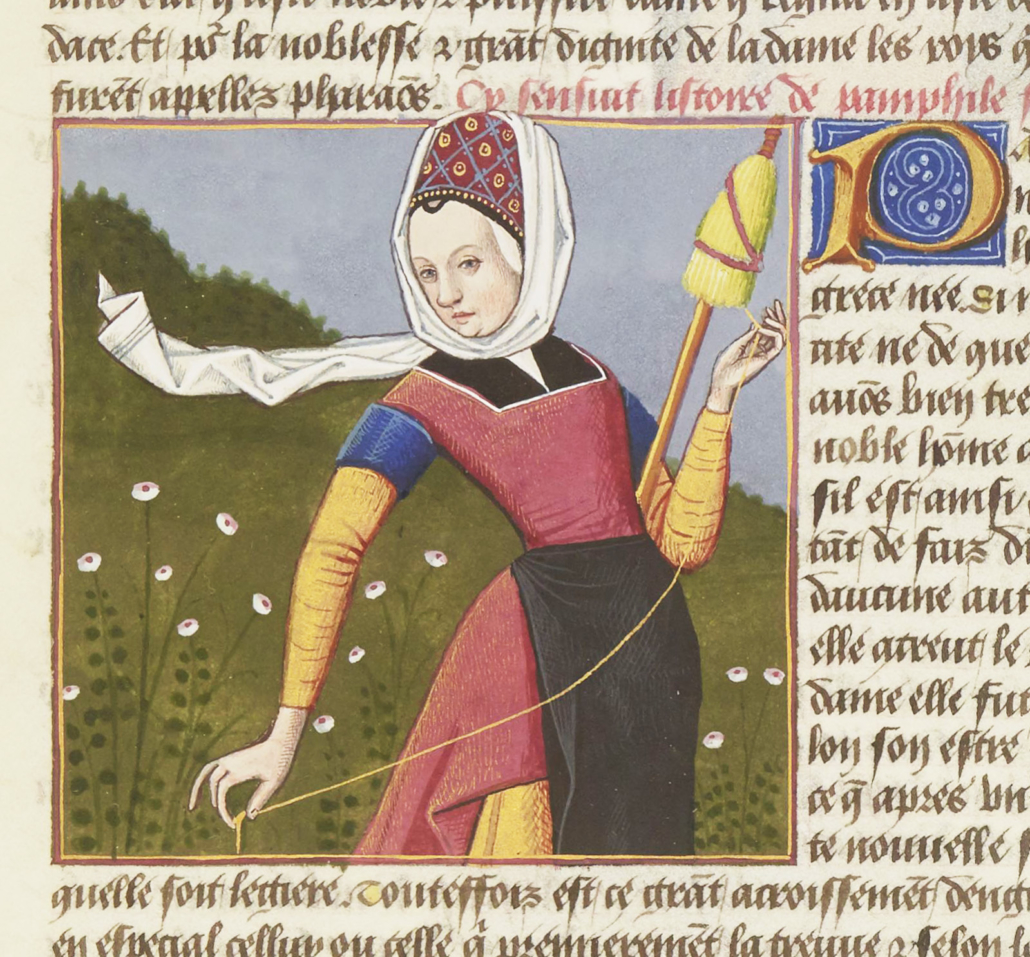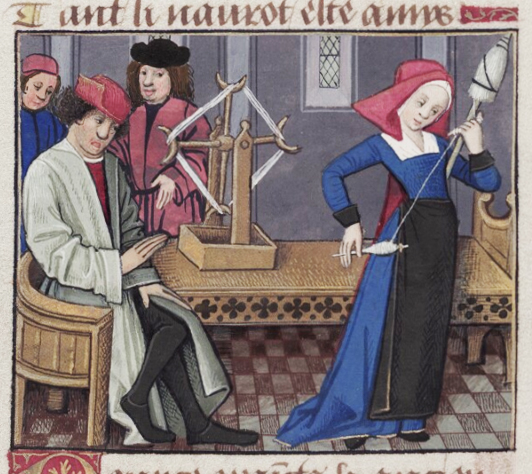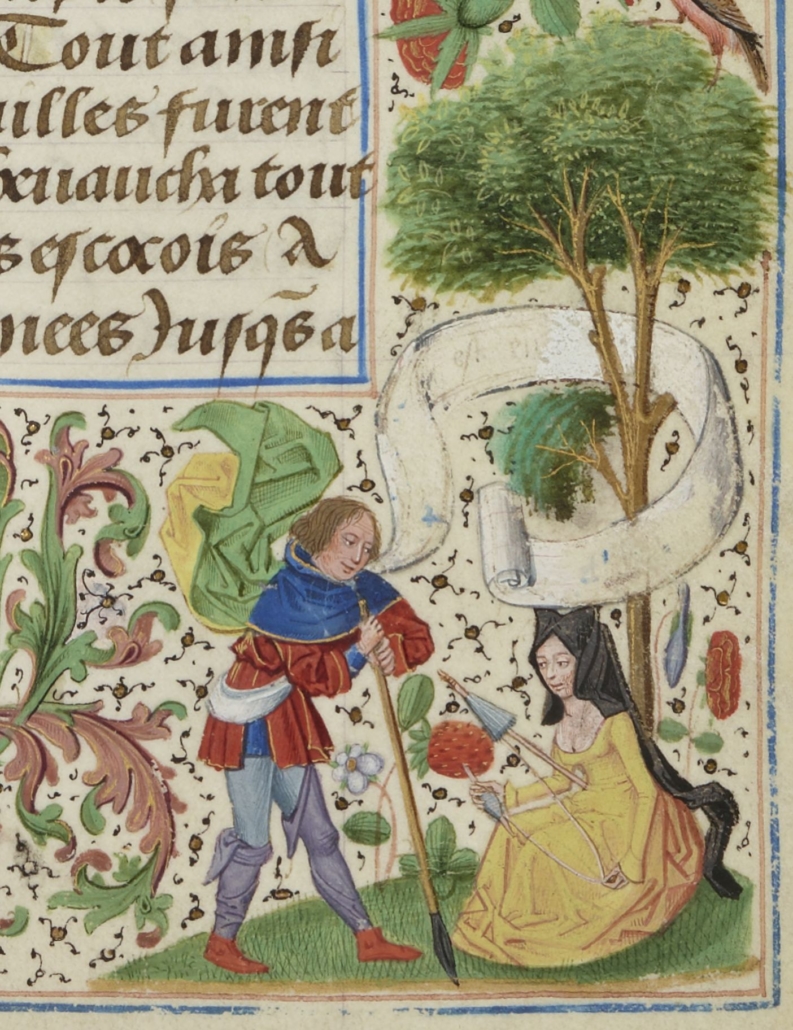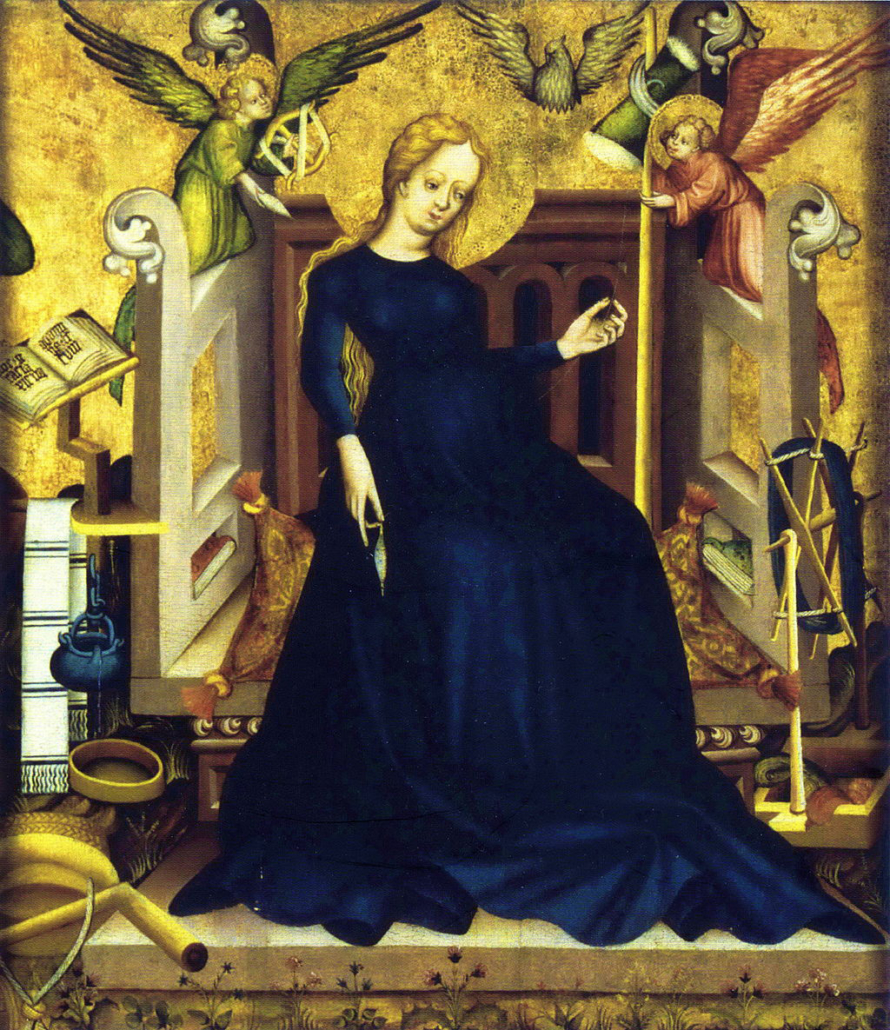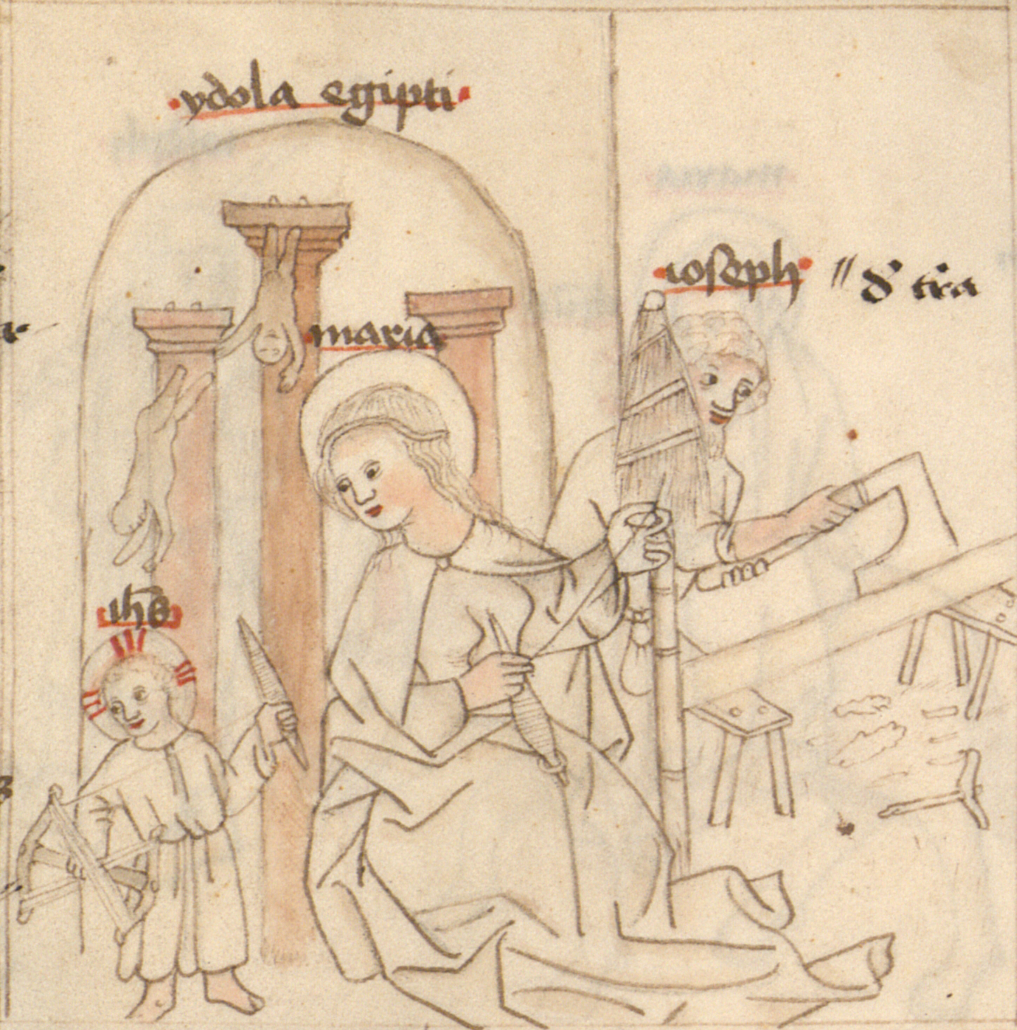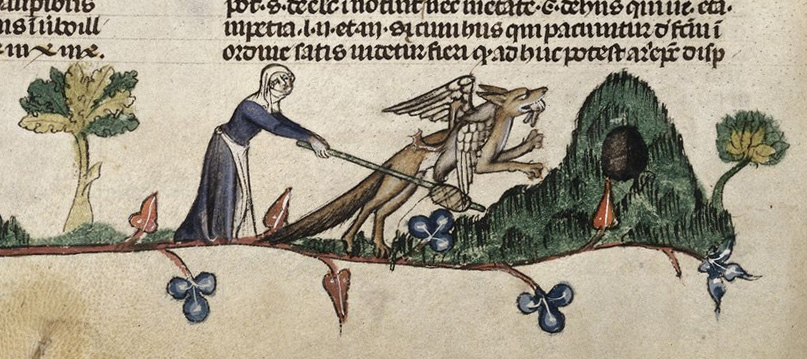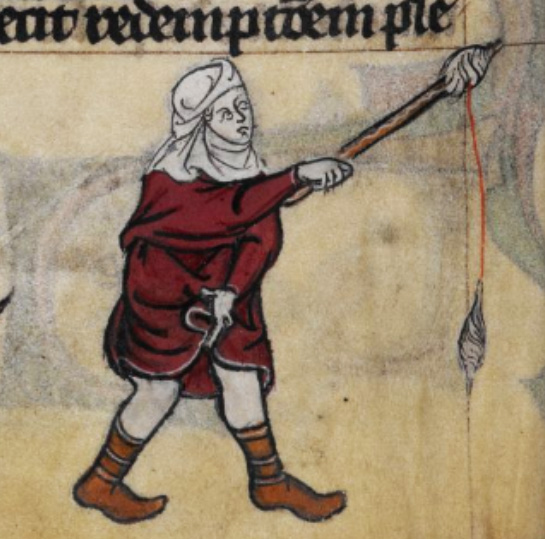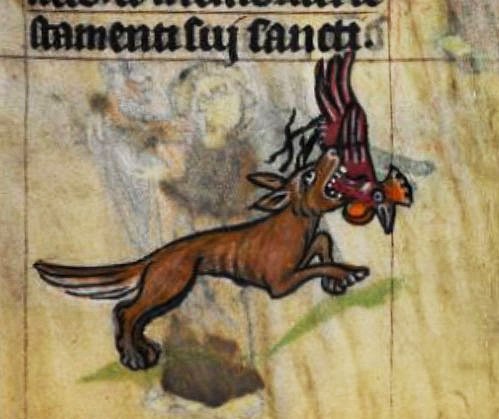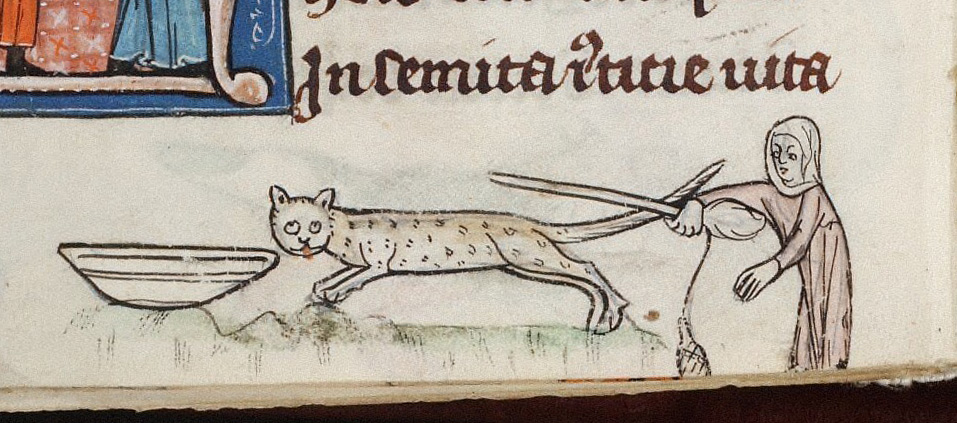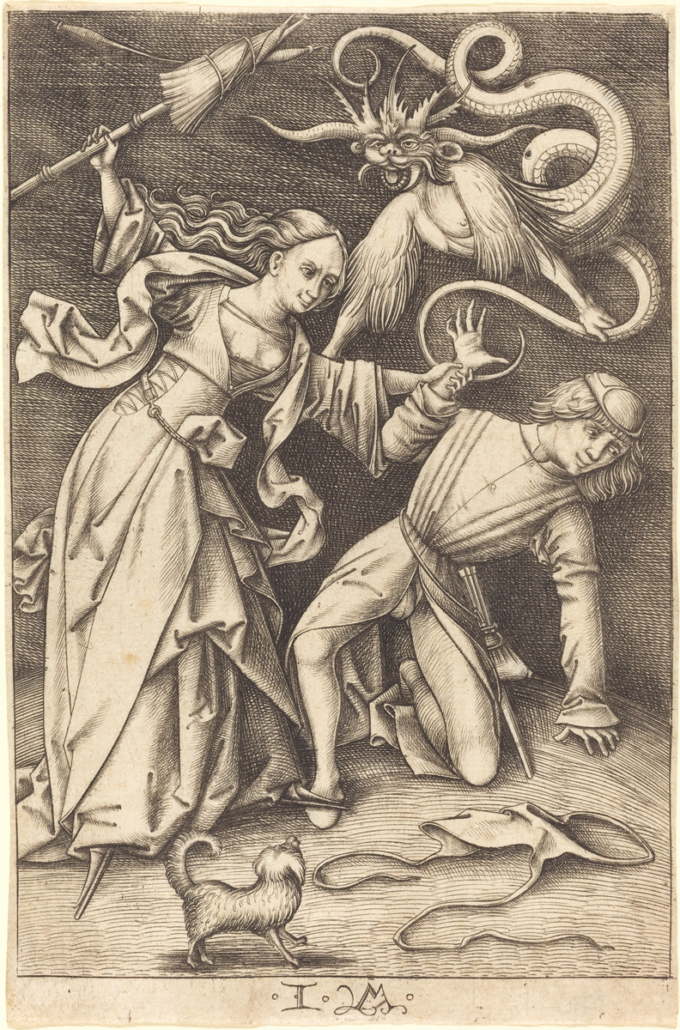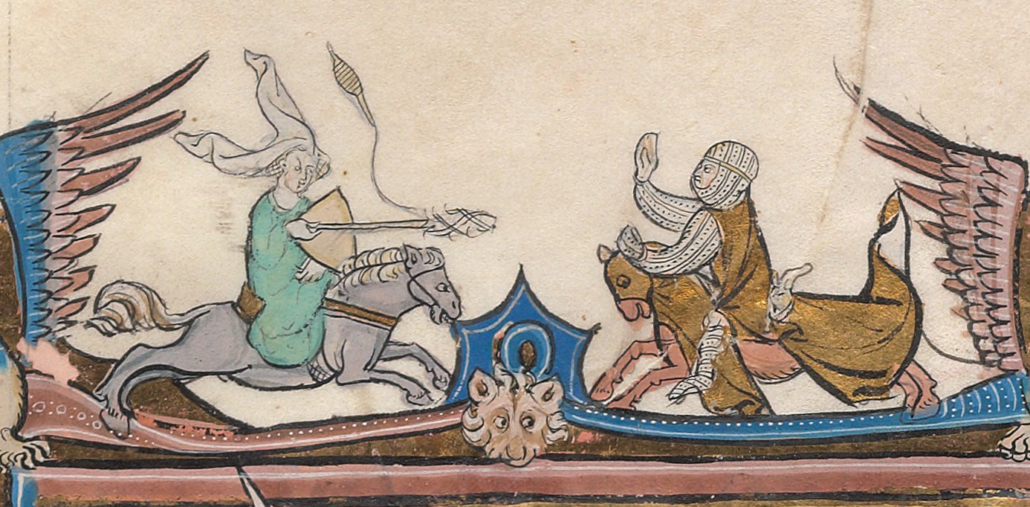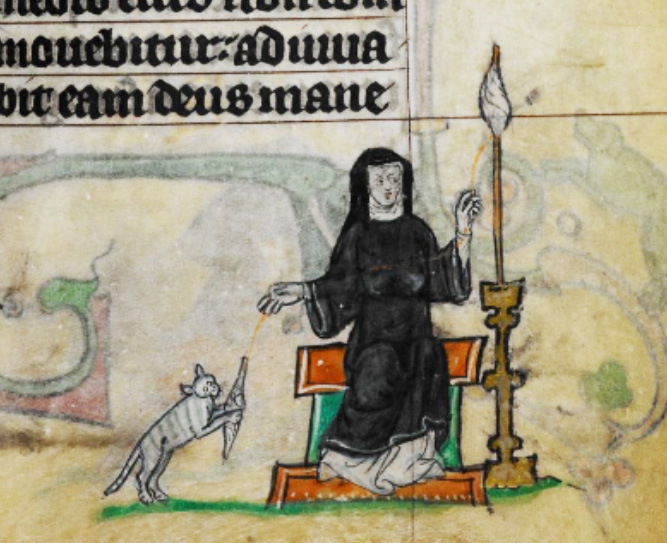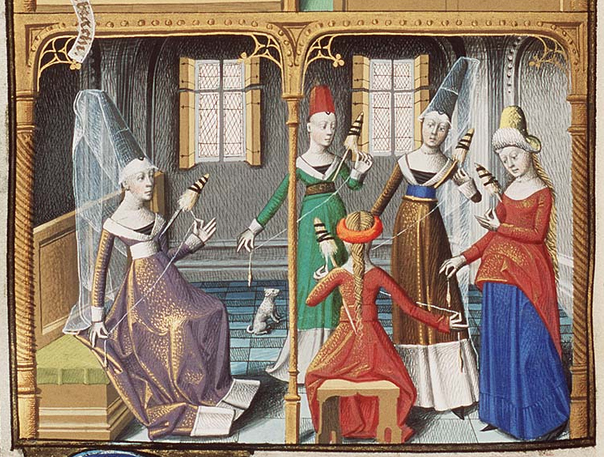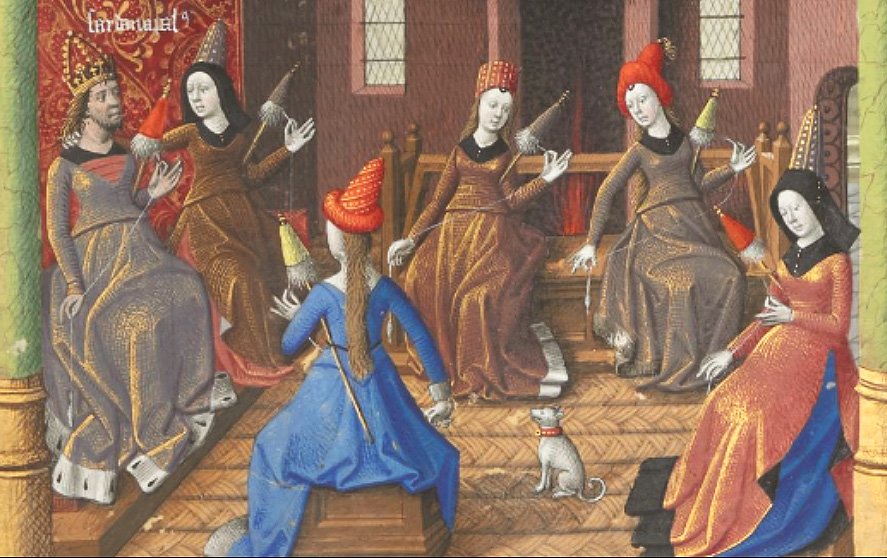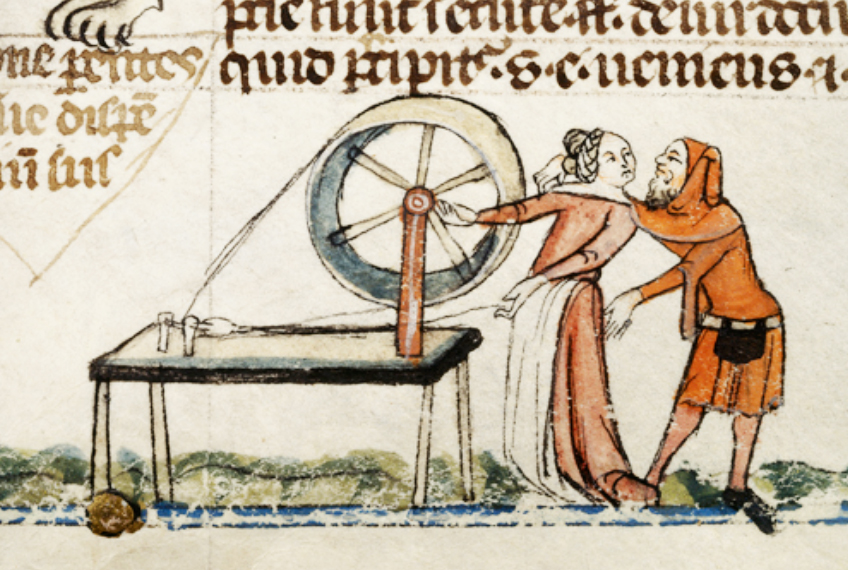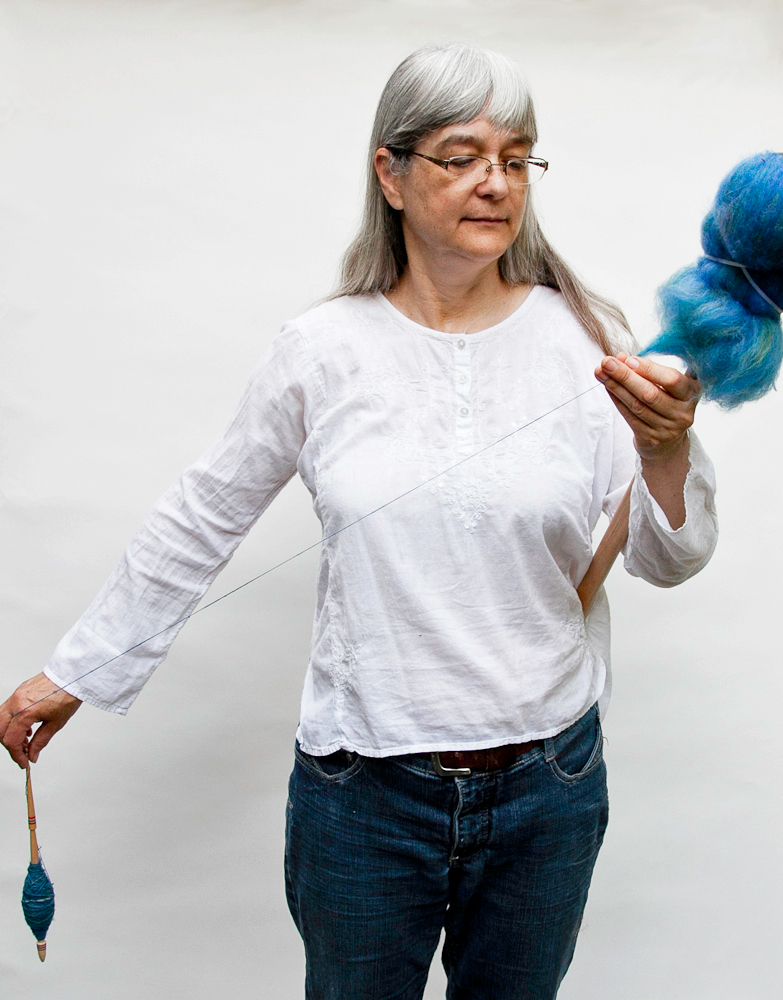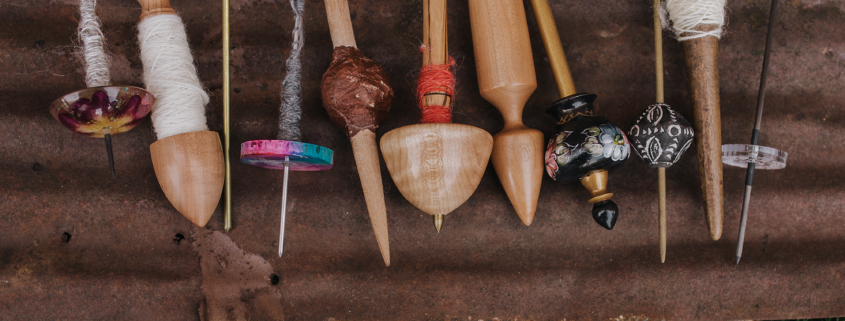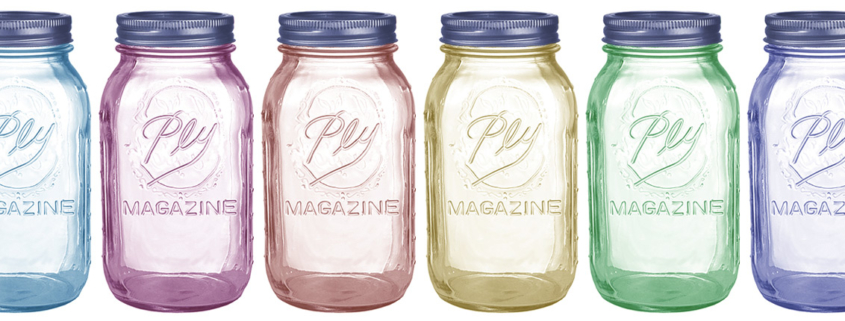Antique Wheel Resources
gathered by Danielle Bombard
Danielle’s article on Antique Wheels is in the Basics (Autumn 2020) issue of PLY. She’s collected these resources as a companion piece to her article.
It can be very confusing and daunting when starting with antiques, such as where to find the maintenance kit items, parts, and even knowledgeable people. This is my top list of references and supplies to help you amass a herd and to maintain it.
Books
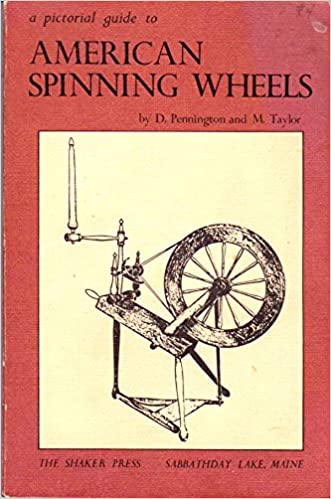
A Pictorial Guide to American Spinning Wheels by David A. Pennington and Michael B. Taylor (ISBN-13: 978-0915836017)
This book is essential to finding the history, missing parts, and the dating your wheel and can help you figure out how to price your antiques for sale. Although I won’t be parting with my wheels anytime soon, it is great to know the value of them.
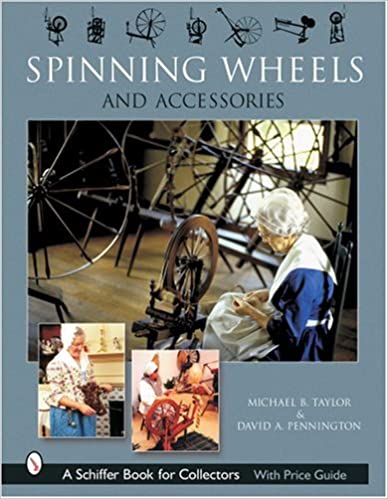
Spinning Wheels and Accessories (Schiffer Book for Collectors) by Michael B Taylor and David A. Pennington (ISBN-13: 978-0764319730)
This is the book that helped me find a definitive answer to the mystery of my wheels. It has colored pictures and pricing of wheels. However, keep in mind that the prices listed are at least 10 years of age.
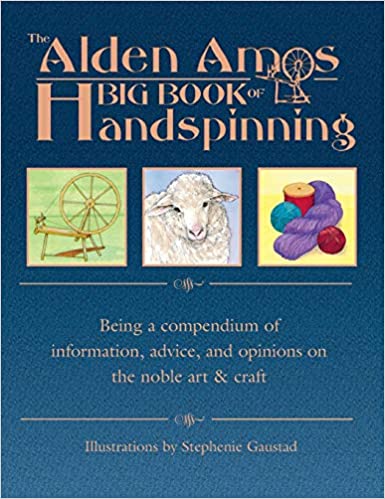
The Alden Amos Big Book of Handspinning: Being A Compendium of Information, Advice, and Opinions On the Noble Art & Craft by Alden Amos (ISBN-13: 978-1883010881)
While this book has no identifications of older wheels, it does provide key terms and the history of the spinning wheel.
Forums
Forums are great for quick and more in-depth information. (I also list my wheels in the handspun section of Ravelry. It is easier to keep track of parts and when they were serviced by Skip. Plus, I am always perpetually losing paperwork in regards to my fiber arts.) These forums are the first places to start.
This Ravelry group is great for initial identification and for even purchasing old wheels on the Wheel Railroad. This is where I was able to identify my J.Jacobs wheel and to find out about some missing parts.
This Ravelry group strictly deals with Great Walking Wheels, pendulum wheels, and wheels with spindles on them.
The Ravlery CPW Lovers strictly deals with Canadian Production Wheels. The hallmarks of a CPW are metal treadles, a metal sliding tensioner, and sometimes a metal footman. The wheels are sometimes marked with a maker’s mark. Most CPWs come from the late 1800s to early 1900s.
Great all around information on wheels and, in particular, antiques. They also cover antique looms. It is worth purchasing a subscription.
Antique Spinning Wheels, Looms and Fiber Equipment
This Facebook group is the largest and most knowledgeable group. You will get answers within 8 hours. Some members of this group do Wheel Railroad transporting.
Wheelwrights
I’m sure there are more wheelwrights out there, but these are the 2 I know of. Skip Watt of Watt Heritage Fiber Tools is my go-to guy because he is local and is good at what he does. Note: Most antique wheels are not recommended for shipping via postal systems of any kind. More than heartache will come to you if shipping. I have seen pictures of nearly 300-year-old wheels in splinters because of careless shipping, no matter how well packaged they were.
Watt Heritage Fiber Tools, Greenville, NY. Once on this website you will need to click on Products and then scroll down to the Fiber Tools section (note: website automatically plays music upon visit). Skip also has a Facebook page.
Bobbin Boy, North Carolina
Supplies
I have a wicker basket full of my supplies for keeping my wheels going. It’s helpful to keep extra parts nearby since help may not be anywhere close to hand.
Howard’s Feed and Wax is my go to for reconditioning old wood and making it glow like new. I can find this at True Value or at Lowe’s for under 10 dollars in the paint department.
Cloth Baby Diapers
These make fantastic rags for cleaning. The featured cloth diaper was my own as a baby, and my parents and I reused them for all the wood polishing we have.
Tandy Leather is great for those bearings and other leather parts. Depending on where you live, you might also look for local Amish makers that have leather goods and are willing to work with you.
Cotton Kitchen or Butcher’s Twine
Good old cotton kitchen twine on the cone has saved me on more than one occasion. I try to precut a few drive bands and put them into a kit if I go traveling. I even keep a few drive bands in my car just in case I pull over to stop at an antique store for that special wheel to try out. I can find butcher’s twine at my local kitchen/restaurant supply store. There are a variety of weights of twine. For the Saxony and table styled wheels, the thinnest ones possible without being thread are best, in my opinion.
I use Hoppe’s Gun Oil or Grease as an alternative to regular spinning wheel oil since I live in the middle of nowhere without the benefit of a local yarn shop. My wheelwright approved of the notion. Plus, it is half of the price tag of regular spinning oil. More money for fleeces!
Some people use Danish Oil to seal in the final cleaning.
Beeswax
Beeswax bars are great for waxing down drive bands so they do not slip when in use. You can also melt down the beeswax and use it in a homemade recipe for polishing old wood. Better Bee is a local company to me that has excellent customer service and can answer the most far-out questions.
For the Great Wheels and their maiden bearings
Most of the Great Wheels use corn husks for bearings and to hold the spindle in place. You can pick some up from a Mexican grocery store or even many other grocery stores.
Happy antique shopping, spinning, and finding another deep rabbit hole!
PLY Magazine believes that Black lives matter, as well as LBGTQI+ lives. Those most vulnerable and persecuted in our communities deserve our love and support. Please be good to each other.


